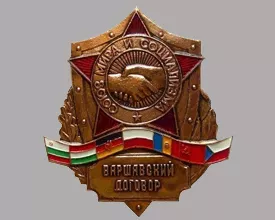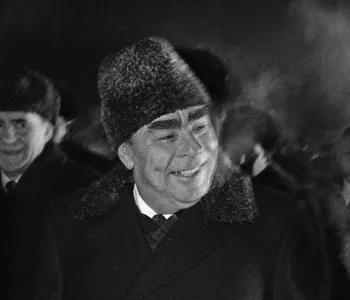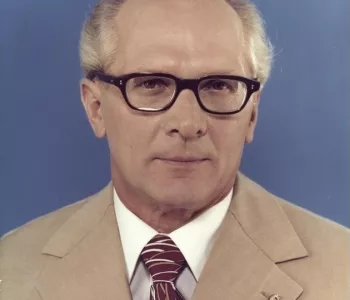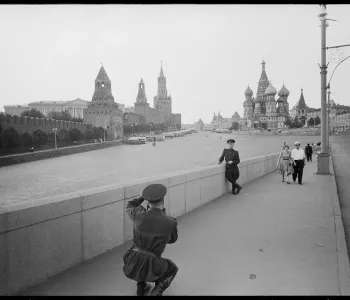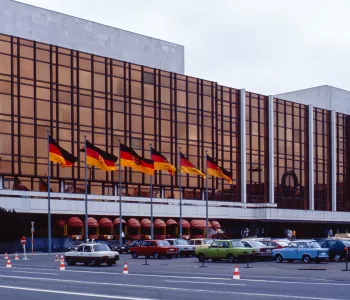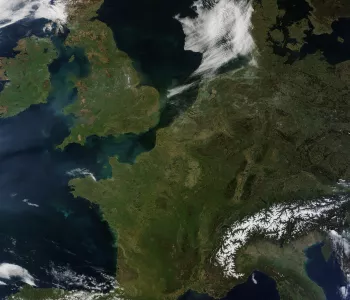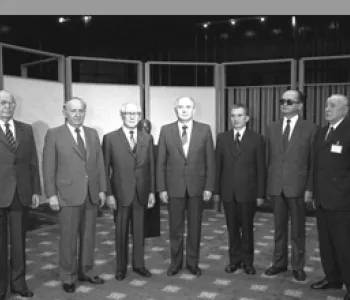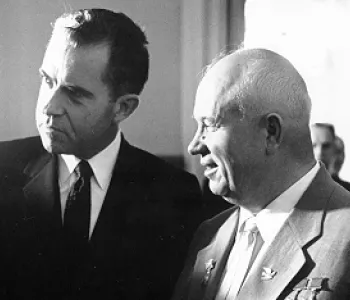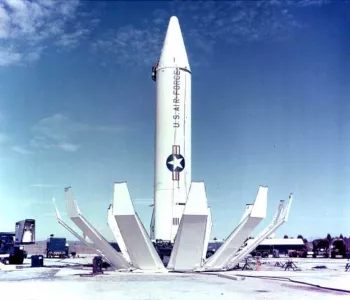This is a transcript of a lecture delivered by Sergei Akhromeyev, the Chief of the General Staff of the Soviet Armed Forces, to the Polish General Staff about Soviet military doctrine in early 1988. The document defines what the Soviets meant by military doctrine, differentiating between the doctrine of the Soviet Union and the Warsaw Pact by stressing the former’s wider range objectives, especially concerning the use of strategic nuclear weapons. In addition, it identifies contemporary issues facing Soviet doctrine and analyzes topics such as nuclear non-proliferation, reduction of nuclear stockpiles and refutes the idea that nuclear weapons should be used in a counter-offensive operation. It stresses the importance of defense, negating offensive military preparedness in lieu of purely defensive Warsaw Pact capabilities (albeit altogether sufficient to successfully deter a NATO attack from the West). It also discusses the results of the March 2-3 1988 NATO talks and concludes that the West is not willing to stop the arms race and is increasing its offensive capabilities. The Warsaw Pact’s response should include increased military research, better vigilance to capture signals of a possible attack and more tactical and technical training for the military command. It asserts that even though a war is less likely than in the past, quoting Gorbachev, “the nature of capitalism itself can be the cause of war.”
